“Alright, pal. Relax. Everything’s fine. I’m going to sit down here and take it easy, take a few pictures, and we’re both going to relax.”
Preemptive annoyance tinges my whispered words because I know this rabbit is going to run. There is no threat. I just want a photo or two. But rabbits don’t know a camera from a gun, nor a lumbering human with good intentions from a ravenous coyote, apparently.
“Stop being so twitchy and just relax, so that I can relax, and then we can both relax together, for Christ’s sake!”
But then the pea-sized brain in the animal’s skull screams the existential warning, “DANGER! DANGER!” It bounds away chaotically, and one of its half-dozen leaps brings it three feet into the air, its hind legs flailing pointlessly against the snatching predatory jaws that it has entirely imagined. It flees approximately twenty feet, stops when it realizes it’s not dead, and turns its head to look at me, a blade of half-eaten grass dangling stupidly from its lip.
“Wow. Very impressive. You escaped.”
I wearily push myself up and stalk toward the creature once more. I wonder about those enormous black eyes. Placed as they are on the side of its skull, does it see ahead of itself when fleeing? Or can it only see to its sides like a deer? When panicked, is it prone to career into a tree?
I’ve apparently approached in an acceptable way this time, since I’m allowed to get about ten feet closer than the time before. I stoop once more to sit in the grass alongside the rabbit.
“Alright.” I sigh. “Let’s try it again.”
Photography has been a good friend. A way to chill out. A salve for anxiety and worry. At times in my life I’ve used cameras and lenses and film and tripods to philosophically refocus. As I’ve written in previous articles, even the worst cameras end up pointing at what’s important. I could add to that observation that even if the camera points at nothing of particular importance, the act of pointing it at anything can itself be important.
This rabbit is important enough. A small living thing with the same hopes and dreams as all living things (though we humans tend to complicate what is so fundamental); to have food to eat and a place to live, for our kids to live lives that are happier, healthier, and longer than our own. That’s all most of us want. Sometimes we don’t get it. At those times, photography has been useful. As it is now.
I raise the camera and feel the weight. It’s not insignificant, because I’m using a Sony A7 mirror-less camera fitted with a ten-dollar Nikon F mount adapter and a sixty-dollar Soligor 90-230mm F/nothing-to-write-home-about telephoto zoom lens from, like, 1971. The lens weighs more than the camera, but it’s all-metal and glass and feels, surprisingly enough, wonderful. The focus throw is long and gentle and the aperture clicks into its detents beautifully.
In addition, because the lens was designed to operate uncoupled to the mechanisms within the camera (Nikons in the 1970s and Sonys in the 2020s alike), it features a second aperture ring which stops the lens down in a progressive way. The iris is circular and beautiful, and before I’ve ever mounted it to a camera I’m sure it will make interesting, if not creamy, bokeh.
So anyway, there I am sitting in the grass peering through a viewfinder and fiddling with an aperture ring and a focus ring, and zooming in and composing and framing, and remembering which button on the mirror-less Sony activates “close-magnification focus assistance” or whatever they call it, and the worries are sloughing off.
No, that’s not entirely accurate, if I’m honest. They’re not sloughing off. But maybe they’re out-gassing, dissolving at a molecular level, becoming ever so slightly lighter. I suspect that another two hours of shooting this rabbit might get me to a point where I feel like everything is going to be just fine. But this rabbit has got shit to do, and it hops away after about three minutes.
“Well, let’s see what we’ve got in Lightroom.”
The thing about photography, for me, is that I’m sort of adrift. I don’t exactly know what I’m doing anymore. My whole photographic life has been taking pictures of my children and trying out cameras that I think look neat. I still like my children, so that’s fine. I take pictures of them, same as always. But as far as the “cameras that look neat” thing is concerned, I’ve tried them all.
I love film cameras. Always have, always will. I’ve shot every film camera I care about, and hundreds about which I’ve cared very little. Plus, film is expensive and getting pricier every year. And then I have less time to do it, and more bills to pay, and personal situations to work through, and oh, boy, we are going down this hole again, Jimbo? Where’s that rabbit when I need him.
Let’s get back to cameras and photography.
My pictures of the rabbit are pretty good. They contain a rabbit, and some grass, and nice colors and sharpness most of the time, when I’ve focused right. The shots made at wide-open aperture have strong subject isolation and interesting bokeh, as I suspected they might. The shots made with a tighter aperture are sharp. Not as sharp as would be with a modern lens, naturally, but sharp in that old fashioned way which lacks of clinical perfection. A good thing.
In Lightroom I’m able to turn my decent RAW photos of a rabbit into whatever I want. I can make these pictures look like clean digital photos, or Ilford HP5 film or Kodak T-Max 100, Kodak Portra, Delta 3200, all by sliding a few sliders and knowing what I’m doing. I’ve even managed to create a pre-set which makes a shot look very much like images made with the long-ago discontinued Fujifilm Natura 1600 color film, which is my favorite film I’ve ever used. (And wouldn’t you know it, there’s a picture of a rabbit in that article, too!)
I love using old lenses on new cameras. I love it more than I love shooting film cameras or shooting the newest digital Leica, or instant film, or anything else. Old lenses adapted to new mirror-less cameras; nothing is better. We get the more interesting imaging characteristics of old cameras and film, without the hassle and cost of actually shooting film.
Anyway, hope you enjoyed the rabbit.
Get your own cheap lens on eBay here
Buy one from our shop, F Stop Cameras

Follow Casual Photophile on Youtube, Twitter, Facebook and Instagram
[Some of the links in this article will direct users to our affiliates at B&H Photo, Amazon, and eBay. By purchasing anything using these links, Casual Photophile may receive a small commission at no additional charge to you. This helps Casual Photophile produce the content we produce. Many thanks for your support.]
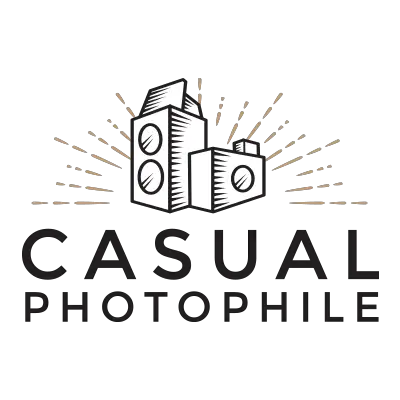
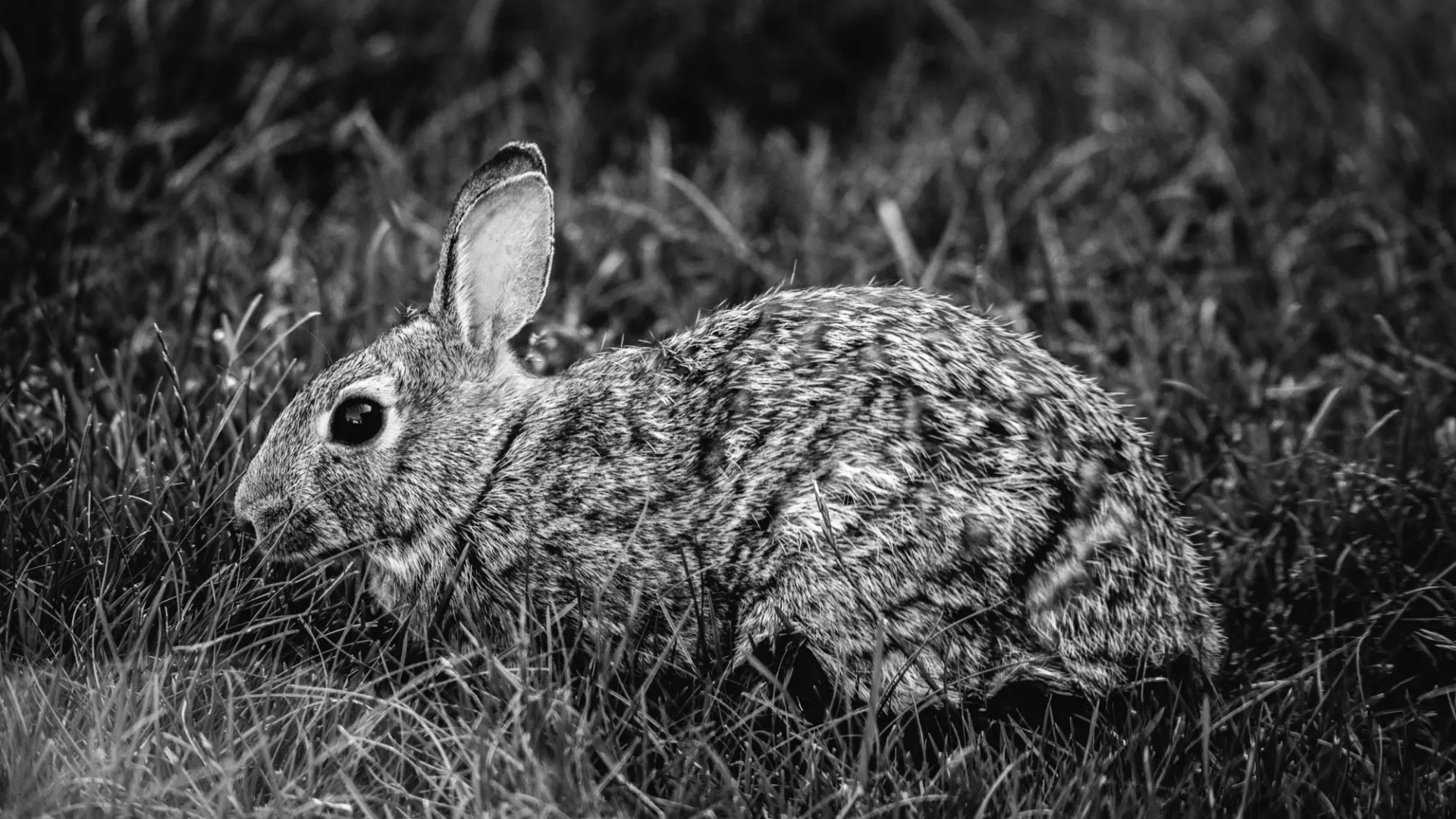
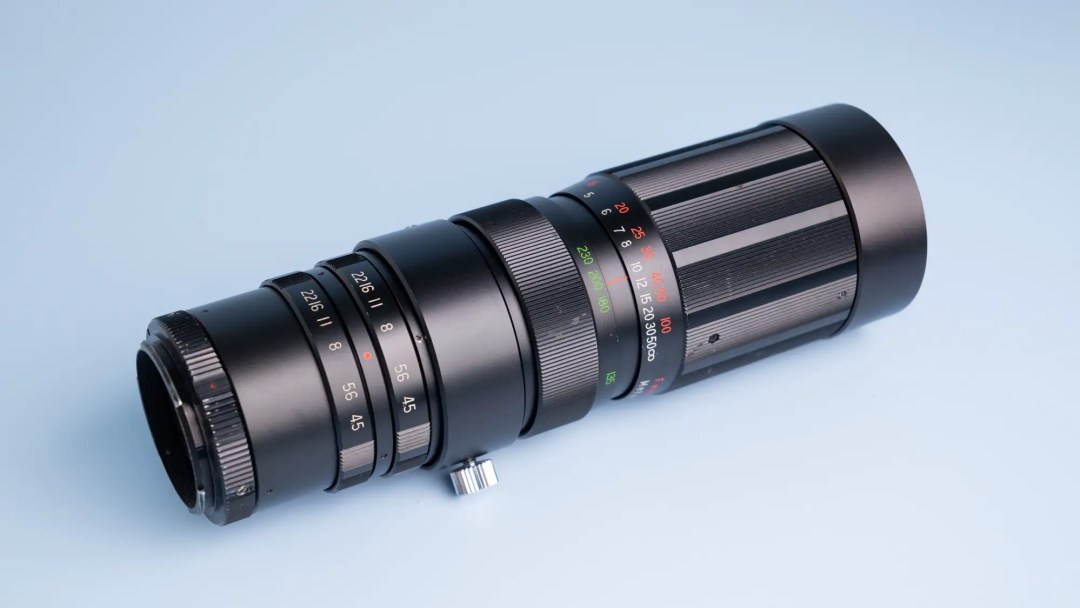
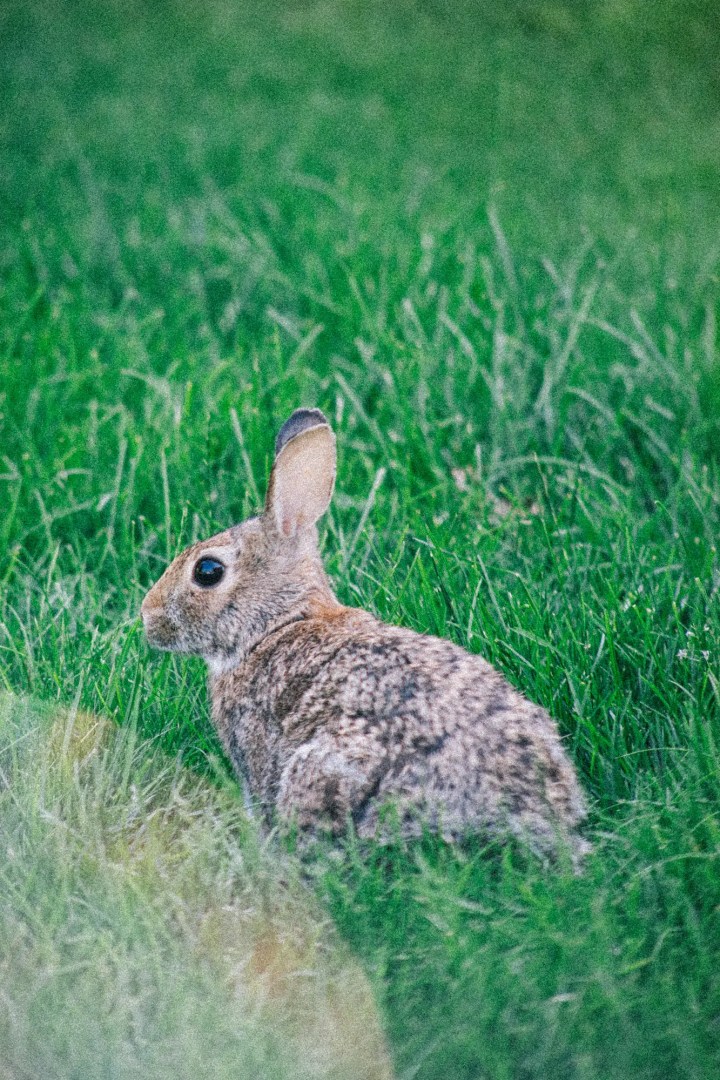
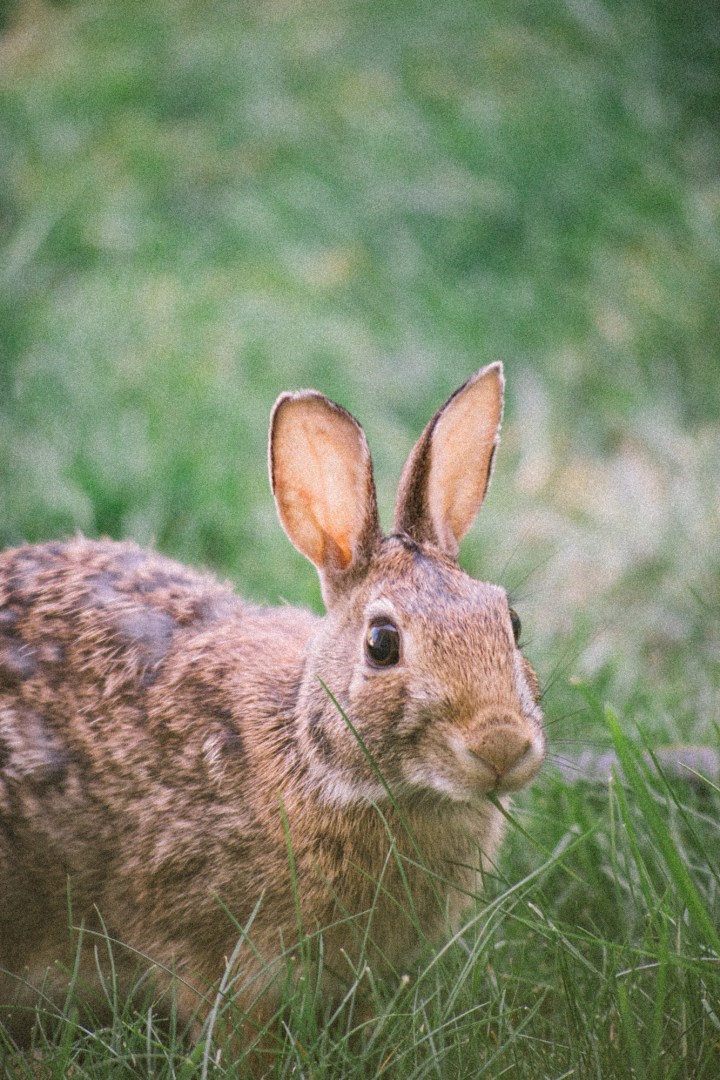
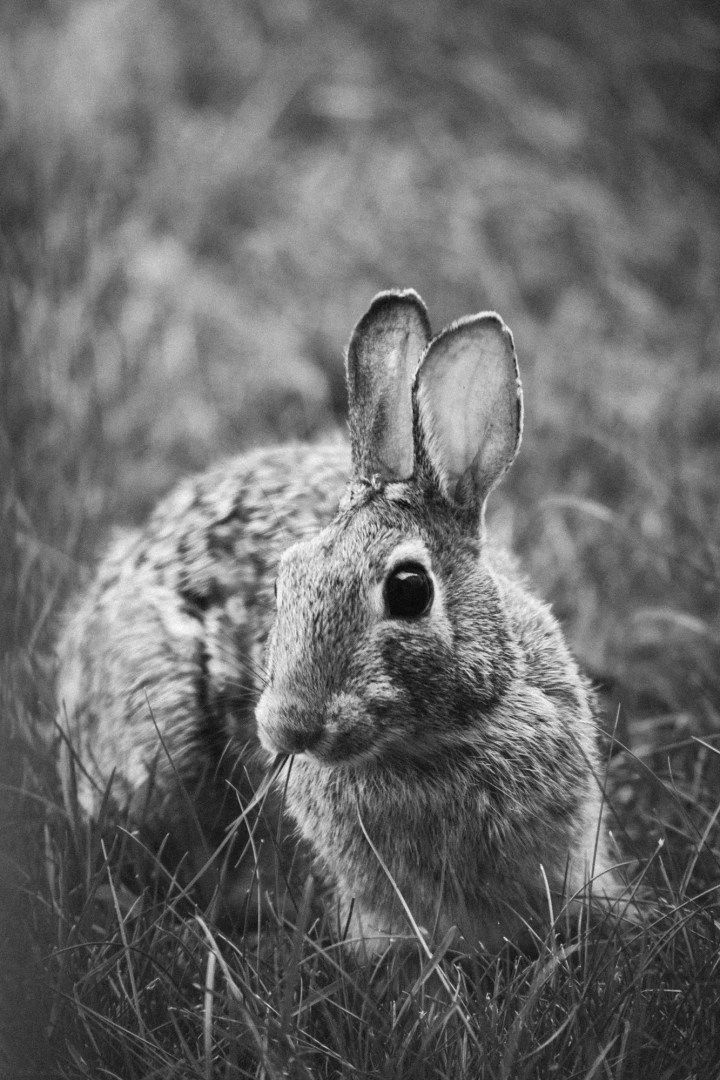
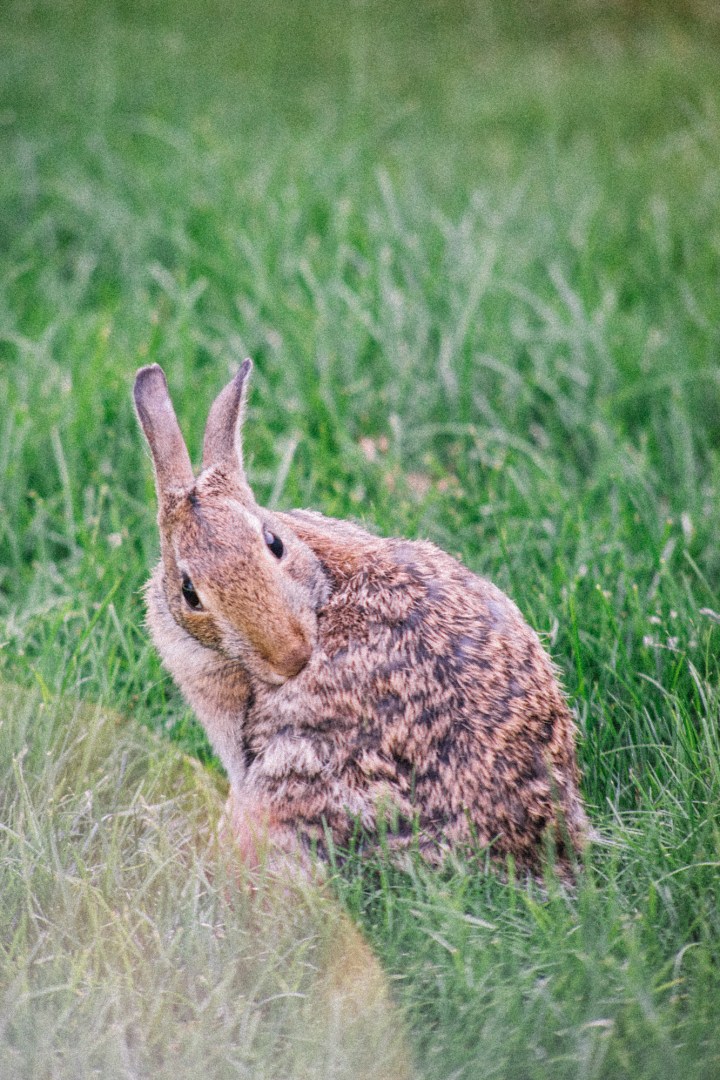

I too enjoy using my ‘old’ glass on ‘new’ cameras…one of my favorites? my nearly 40 year old 55mm f2.8 Micro-Nikkor adapted to my Fujifilm X-T3